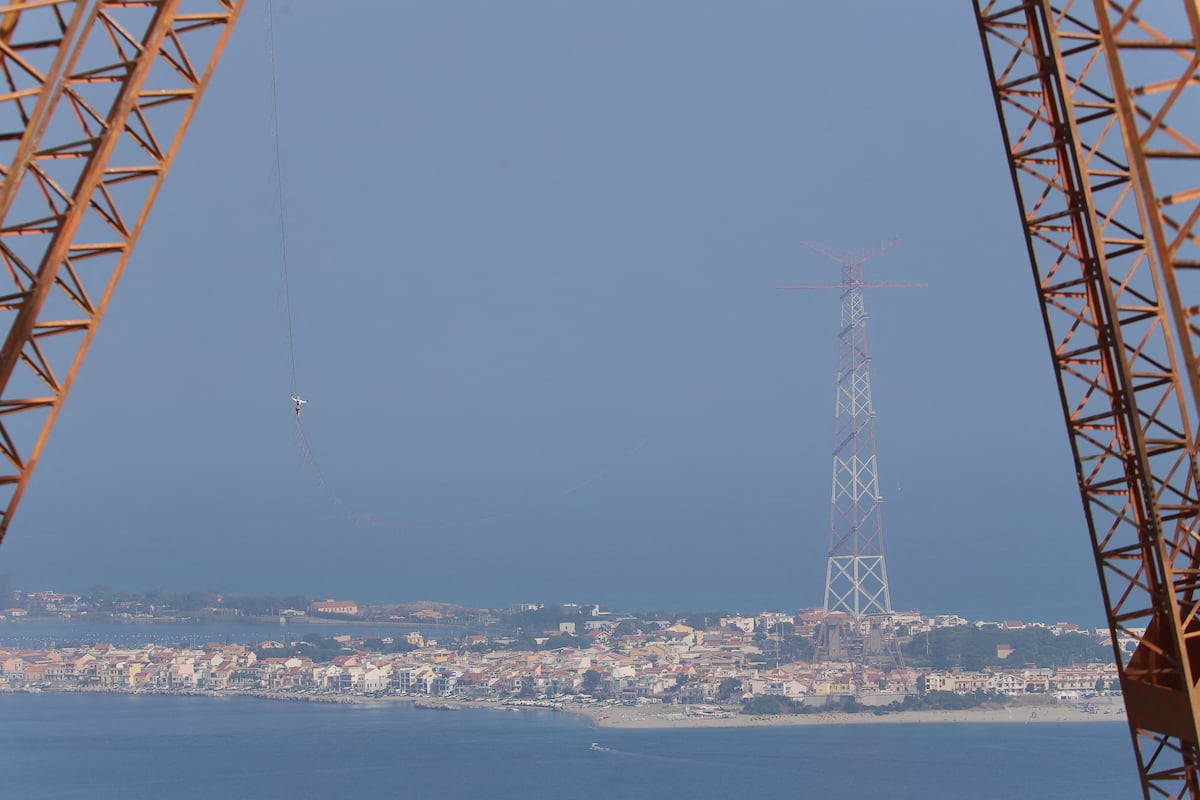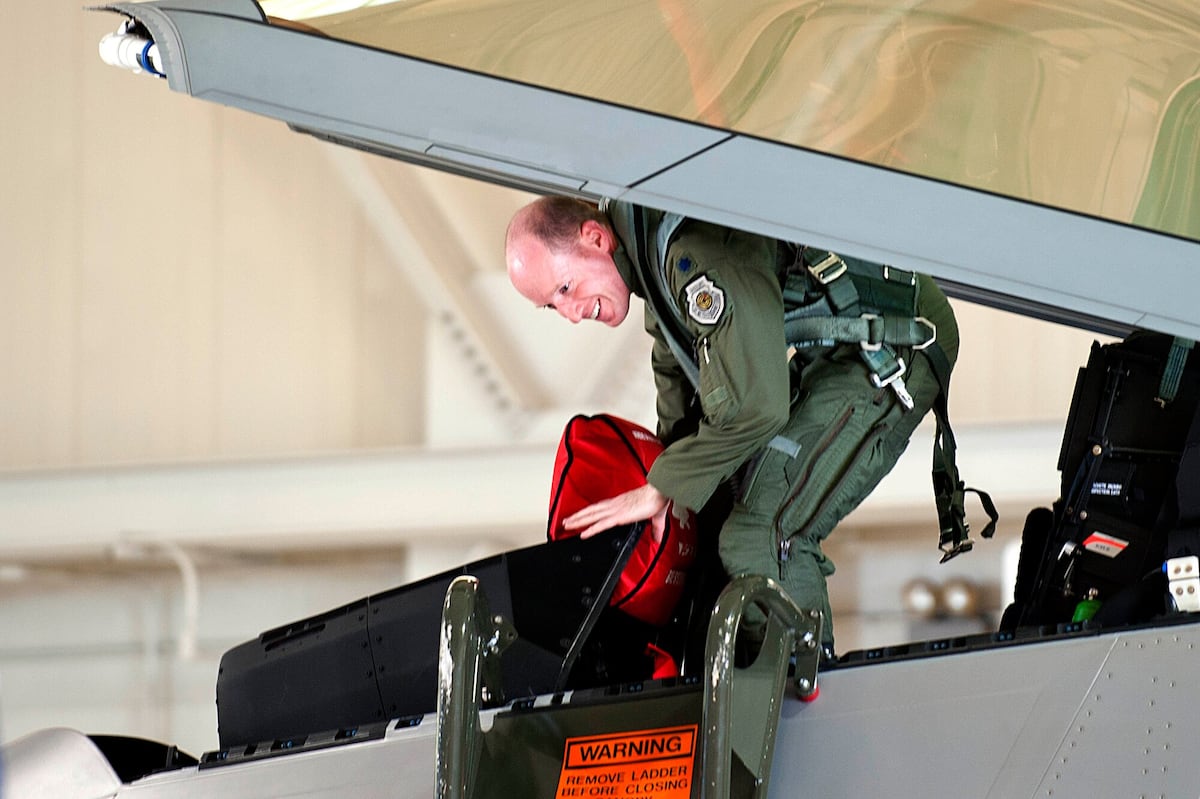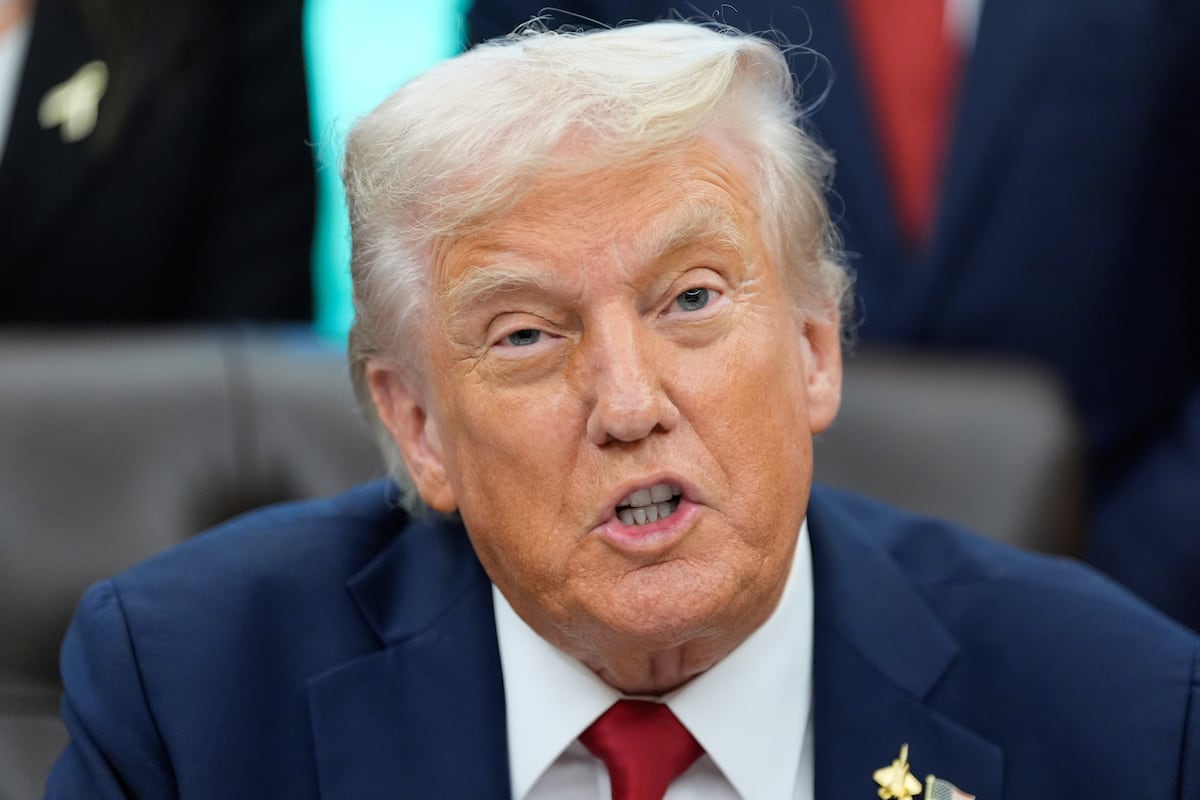ROME — An Italian plan to build the world’s longest suspension bridge could boost Italy’s bid to reach NATO spending targets if it is defined as defense spending, experts have said.
Government approval is expected this month for a €13.5 billion ($15.8 billion) project to build a 3.6 km (2.2 miles) bridge linking the Italian mainland with the Italian island of Sicily.
At the same time, Rome committed at the June NATO summit to increasing its defense spending to 5% of GDP by 2035 from the 2% percent it says it will reach this year.
Of the 5% percent of GDP target, NATO members agreed that 3.5% should be true defense spending while the remaining 1.5% could be made up of strategic infrastructure programs to strengthen national economies.
That 1.5% corresponds to about €30 billion according to Italy’s current GDP.
It is the spending category into which Italian officials are considering inserting the bridge to Sicily, and Italian investment bank Equita said in a new report last week that spending on the bridge could represent 0.2 percent of GDP a year – around €4 billion – during the peak construction period.
RELATED
“According to government documentation submitted to Brussels, the bridge is being positioned as a strategic logistics corridor for rapid troop and equipment deployment to NATO’s southern flank,” the report stated.
Inserting its cost into the 1.5% of GDP to be spent on strategic infrastructure was an example of “opportunistic accounting,” which could avoid “politically sensitive increases to core defense spending and deficit,” it added.
“Several countries – notably Italy, France, and Germany – have already signaled their intent to channel the new 1.5% target into strategic national infrastructure,” the report said.
“Many governments already have substantial infrastructure investments in place. By reclassifying portions of these investments under defense-related categories, countries can raise their defense spending metrics without increasing actual public deficits or launching new projects,” it added.
The report also cited Italian deputy transport minister Edoardo Rixi stating that Italy could throw in the upgrade and expansion of its rail network to meet the NATO 5% target.
An official in the Italian port city of Genoa has also said the government plans to include a new breakwater which would allow more military vessels to dock.
Before Italy can focus on finding infrastructure programs to fill the 1.5% category, it will first need to figure out how to boost real defense spending from the current declared two percent to 3.5% in ten years.
“That means adding spending worth 0.15% of GDP a year until 2035, which is about €3.2 billion a year or more if GDP increases,” said Carlo Cottarelli, an economist at Milan’s Catholic University.
“That won’t be easy considering that health and pension spending are expected to soak up an extra 1.4% of GDP by 2035,” he added.
Making life more complicated for Italian prime minister Giorgia Meloni is the widespread public opposition to extra defense spending with his shared by members of her own government.
Rather than going shopping for new kit to hit 3.5%, Italy should accelerate payments on existing programs, said Alessandro Marrone, who heads the defense, security and space program at Rome think tank IAI.
“The Italian army has launched programs with long time lines and could increase the tranches,” he said.
“Italy could also accelerate research and development work on the GCAP fighter program which currently extends out to 2050,” he added.
If Italy is looking for a brand new purchase it should consider better integrated air and missile defense systems, he said, particularly if the U.S. no longer supports European capabilities.
Meanwhile, in the short term, Italy is yet to spell out exactly how it will get defense spending to 2% of GDP this year.
Italy’s finance minister said 2% would be achieved in 2025 – up from 1.54% last year – hours before Meloni visited U.S. President Trump in April, sparing her blushes over Italy’s low defense spending.
Overall spending reached €29.18 billion last year, and getting to 2% this year means finding an extra €8.7 billion this year to reach a new total of €37.9 billion.
Since Meloni’s Washington visit, no official statement has been made about where the money will come from.
Sources have told Defense News that parts of the Italian coast guard’s operation could be reclassified as defense spending to reach 2%.
Another solution may be classifying Italy’s tax police as a military unit thanks to an existing law which allows the tax police to fall under military command in times of war.
“We have not been told yet what the solution will be, and whether it will be accepted by NATO,” said Cottarelli.
Marrone said he thought NATO would not kick up a fuss over creative accounting.
“My educated guess is that Italy has already talked to NATO to mitigate the risk of surprises – and that applies also to other nations,” he said.
Tom Kington is the Italy correspondent for Defense News.
Read the full article here








Leave a Reply